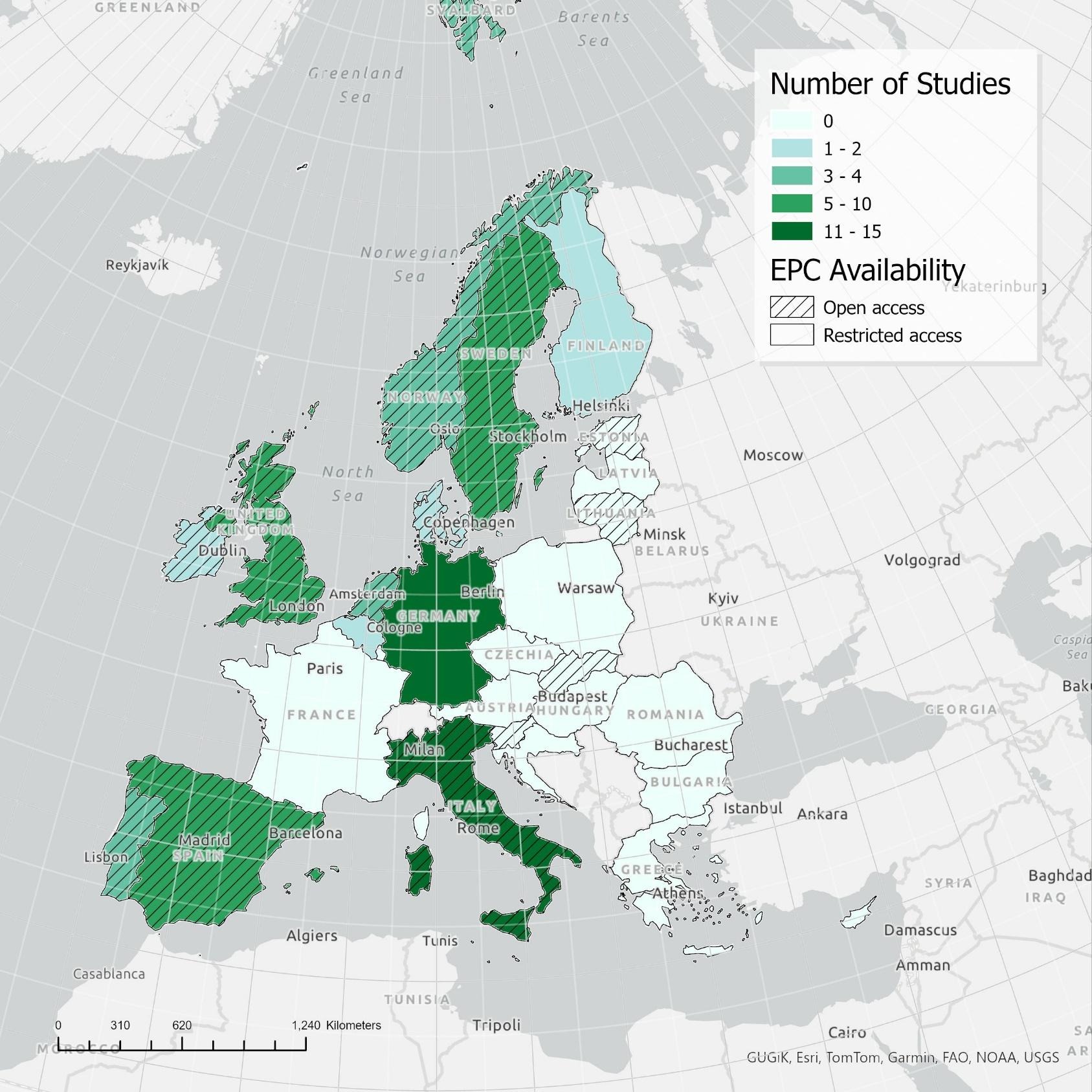How has LEZ in Glasgow affected Traffic Flow and Air Quality?

New research exploring the effects of the Low Emission Zone (LEZ) in Glasgow has found that while traffic flow has remained largely unchanged since the Zone was enforced, air quality has improved.
The study, co-authored by researchers from the Universities of Auckland, University College Dublin, and Glasgow, gathered hourly data from traffic sensors and air quality monitors in the city’s busy Hope Street and High Street within the LEZ to produce figures for the daily average NO2. Meteorological data, provided by the UK Met Office, factored in the wind effect on NO2 dispersal.
Key findings of the study:
* A statistically significant reduction in traffic on High Street resulting in notable decreases in normalised NO2 levels of between 25%-27% on weekdays. We also observe a 35% drop of NO2 on weekends but do not find out significant difference in traffic flow.
* In contrast, traffic patterns on Hope Street remained stable, yet statistically significant decreases in NO2 levels of between 9-13% on weekdays were still observed, suggesting that the establishment of the LEZ discourages high emission vehicles in the city centre and helps improve air quality.
Background
In common with other large UK cities, Glasgow has high traffic volumes from both private vehicles and Heavy Goods Vehicles (HGVs). In 2021 alone, the city had nearly 240,000 licensed vehicles, according to the Department for Transport Statistics. The resulting congestion led to elevated emissions of nitrogen oxides (NOx) and particulates from vehicle-related activities such as tailpipe emissions, brake wear, tyre wear, and road abrasion.
Responding to growing concerns about traffic-related air pollution, Glasgow City Council introduced a Low Emission Zone (LEZ) in the city centre on 1 June 2023 with the aim of reducing pollution by restricting access to vehicles that do not meet strict emissions standards.
Co-author of the paper, Qunshan Zhao, Professor in Urban Analytics in the School of Social and Political Sciences at the University of Glasgow, said: “These early results indicate that while traffic reductions and the decrease of the high emission vehicles in some parts of the city may be contributing to improved air quality, other factors may also play a role. The findings highlight the need for continued monitoring to better understand the LEZ's long-term impact on both traffic and pollution levels across Glasgow.”
There are currently Clean Air Zones and Low Emission Zones in the following UK cities: London, Birmingham, Bristol, Oxford, Bath, Bradford, Portsmouth, Newcastle, Sheffield, Southampton, Aberdeen, Dundee, Edinburgh and Glasgow.
Full paper:
Shin, Hyesop, Eric Silverman, Yue Li, Ye Tian, and Qunshan Zhao. 2024. “Did the Implementation of Low Emission Zone in Glasgow Change the Traffic Flow and Air Quality?” Findings, September. https://doi.org/10.32866/001c.123382.
Files
Latest news

UBDC support for Brazil's 'Map of the Peripheries'
The Urban Big Data Centre is joining a new partnership with Brazil’s Secretaria Nacional de Periferias, and the Humanitarian Open Street Map Team aimed at supporting the Map of the Peripheries project.
%201.svg)

European Space Agency funding UBDC and SatVu to develop Heat Loss Index
The European Space Agency (ESA) is funding a feasibility study, led by SatVu in collaboration with the University of Glasgow, to enhance the analysis of building energy efficiency.
%201.svg)

How investing in energy efficient homes pays back – twice!
New review on the impact of energy efficiency shows that more efficient properties are cheaper to run and worth more to sell.
%201.svg)
Jointly funded by
%20copy.png)
.png)



.svg)
.svg)




